AC & A Architects P/L
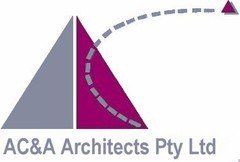
AC&A Architects, established in 1968 as Anthony Cooper & Associates, provides architectural services for a broad range of building types. Our practice has experience in: Early Childhood Centres Primary and Secondary Schools Colleges and University Buildings Libraries Hospitals and Aged Crae Laboratories Offices AC&A is registered in the ACT and NSW Staff comprise: 3 architects (including an architect director) Christopher Lal, 5 CAD drafters and 2 support staff.
Driving directions to AC & A Architects P/L on map
AC & A Architects P/L on Google Maps
Projects:
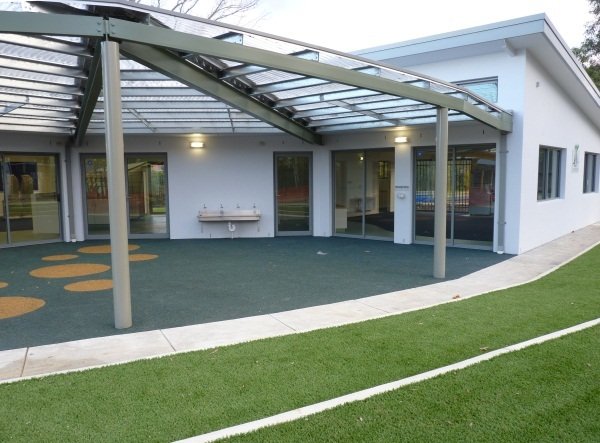
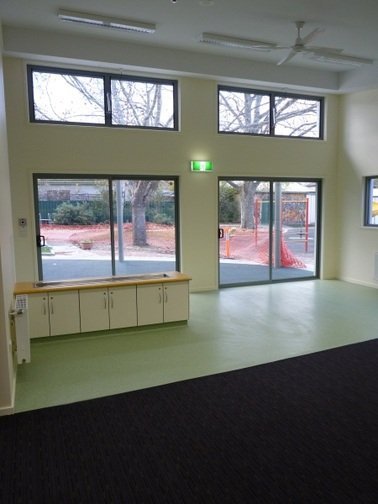
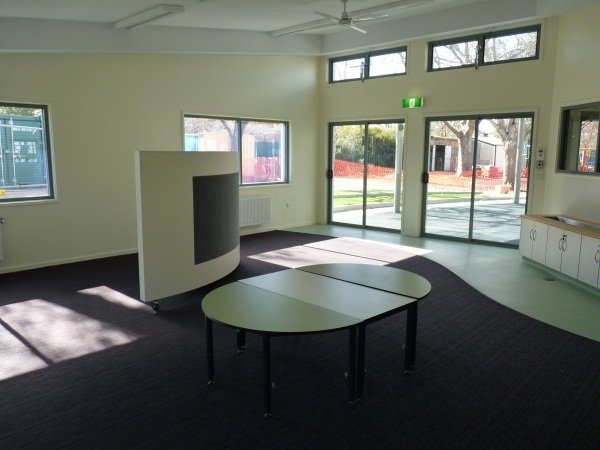
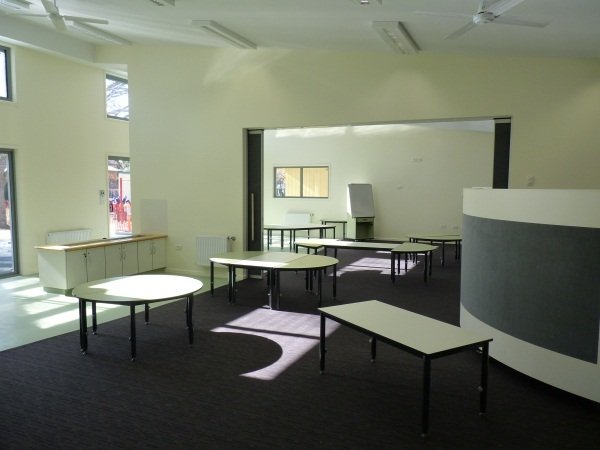
O’Connor Co-operative School
O’Connor, ACT, 2010
The new Independent Classrooms Building at O’Connor Co-operative School replaced two portable buildings. The Tocumwal Precinct Heritage site was extremely restricted due to the mature landscaped enviornment. The brief was for open plan learning environments that could be connected and independent while engaging with the landscape. Summer and Winter external areas achieved this. Internally the classroom spaces connect via an operable wall and use of mobile joinery screens in all rooms to allow private learning pockets to be used. The new sustainable building is heated via hydronic heating with electronic purging via highlight louvred windows.
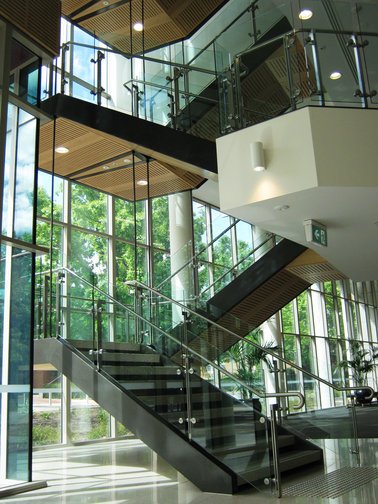
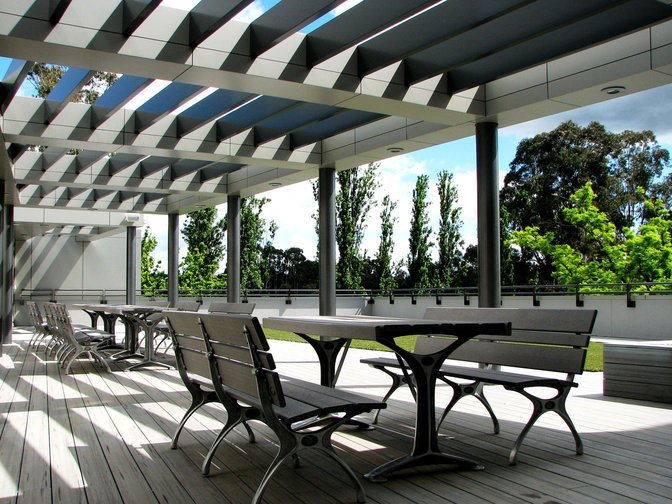
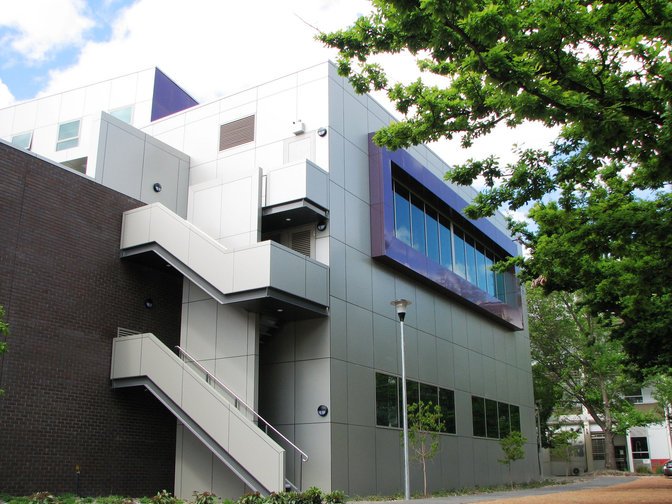
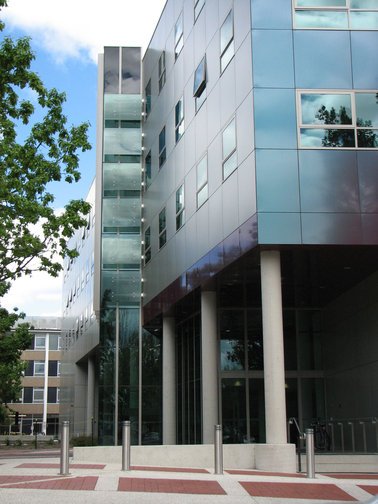
College of Business & Economics
Australian National University, 2009
The College of Business and Economics is a 5 storey building located at the Kingsley street entrance to the Australian National University. The lower levels of the building provide lecture theatres, large and small tutorial rooms, associated breakout rooms, the reception area of the College and a concourse area giving access to the teaching facilities and a venue for College events. The upper levels provide individual offices for academic and administrative staff, the offices are arranged in a U shaped plan form that allows natural light and ventilation to all offices and maximises views over Sullivan’s Creek towards Willows Oval. A bridge, with offices, links the building to the other college facilities. The teaching and office levels are connected by a lift and an open stair. The internal organisation of the building is clearly expressed in the external form and the fenestration of the building. The open stair and the concourse are fully glazed, blending the public realm of the street and movement within the building, brick is used for the external walls of teaching areas. This provides a robust finish adjacent to heavily trafficked external areas, assists in achieving acoustic requirements and complements the masonry aesthetic of nearby buildings. The cellular offices on the upper levels are represented by the regular geometrical fenestration.
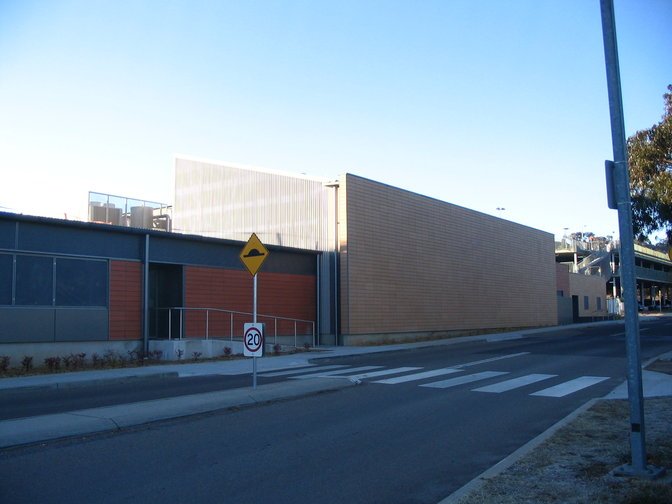



Linear Accelerator Project
The Canberra Hospital, Garran, 2009
The Linear Accelerator Project at the Canberra Hospital involved the restructuring and extension of the Radiation Oncology Facility to meet the growing needs of the ACT and regional NSW. The existing facility comprised of two linear accelerators, a CT scanner and brachytherapy bunkers was expanded to accommodate four linear accelerators, two CT scanners and an upgraded brachyherapy suites. With the expansion in services there was a need to restructure and extend the support areas clinical, administrative and technical. The work also provided the opportunity to improve the infrastructure that serves the facility allowing a greater degree of redundency to avoid shutdowns during critical treatment times.


